JP News & Outreach: Erwan Monier
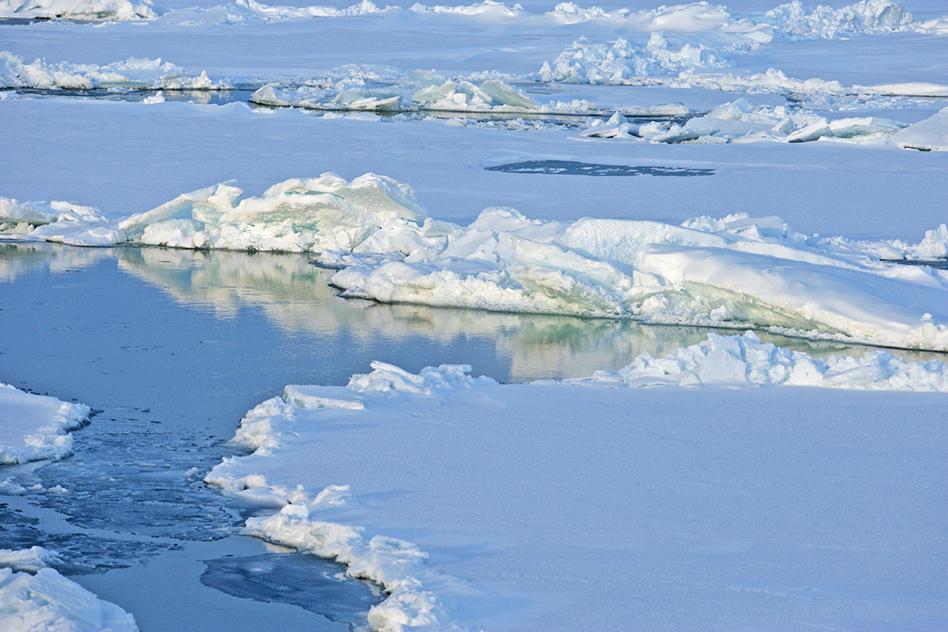
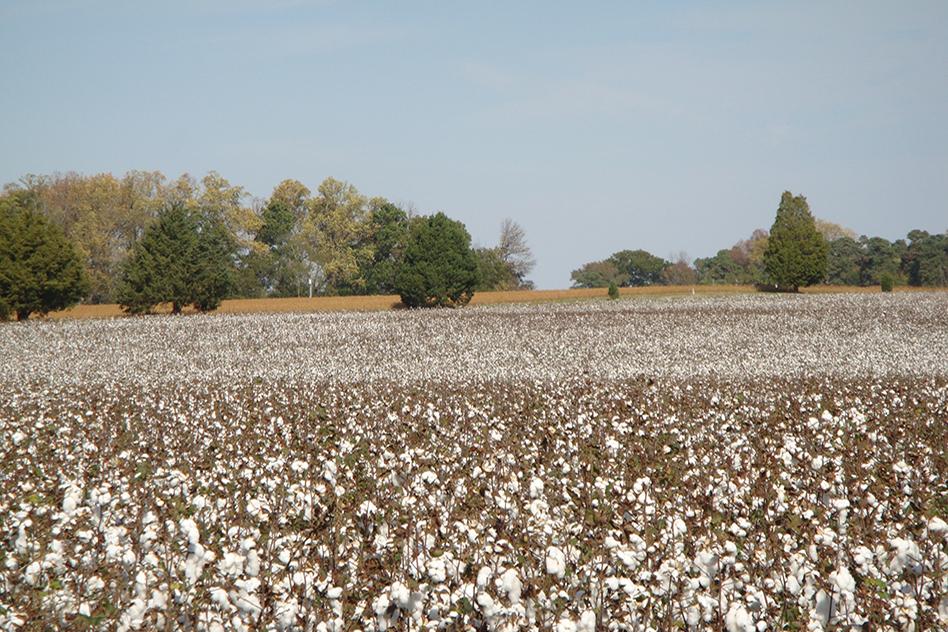
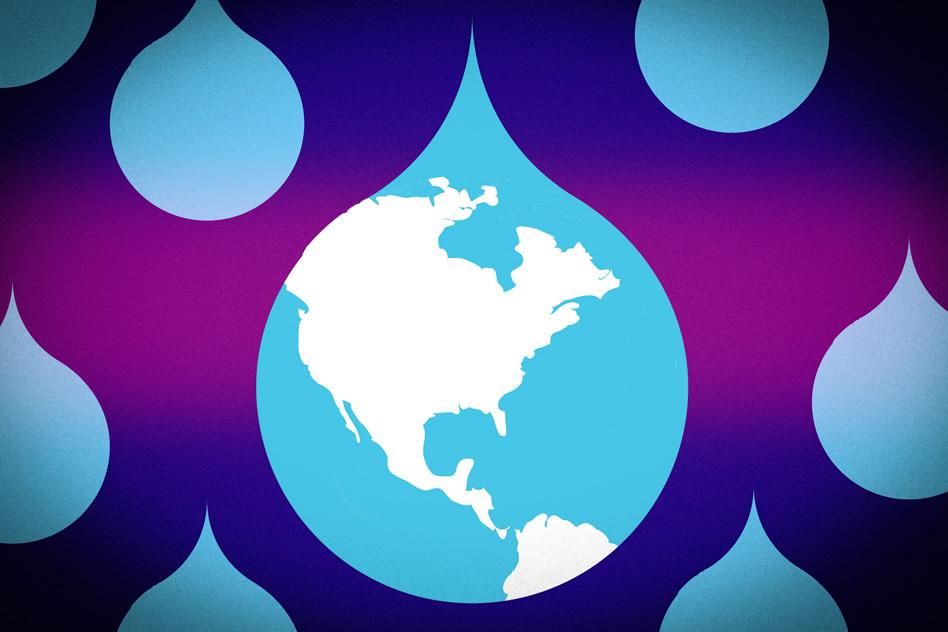
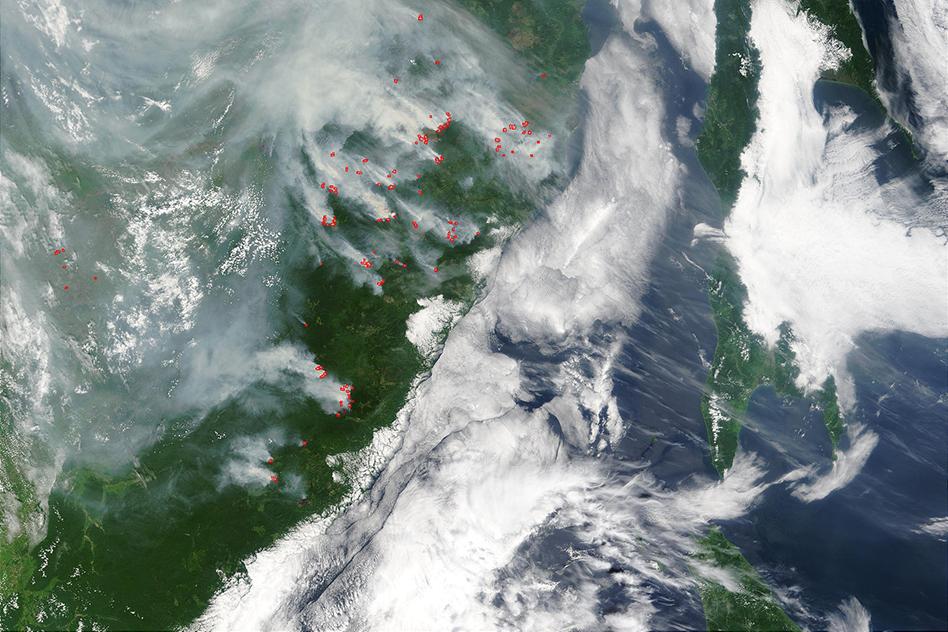
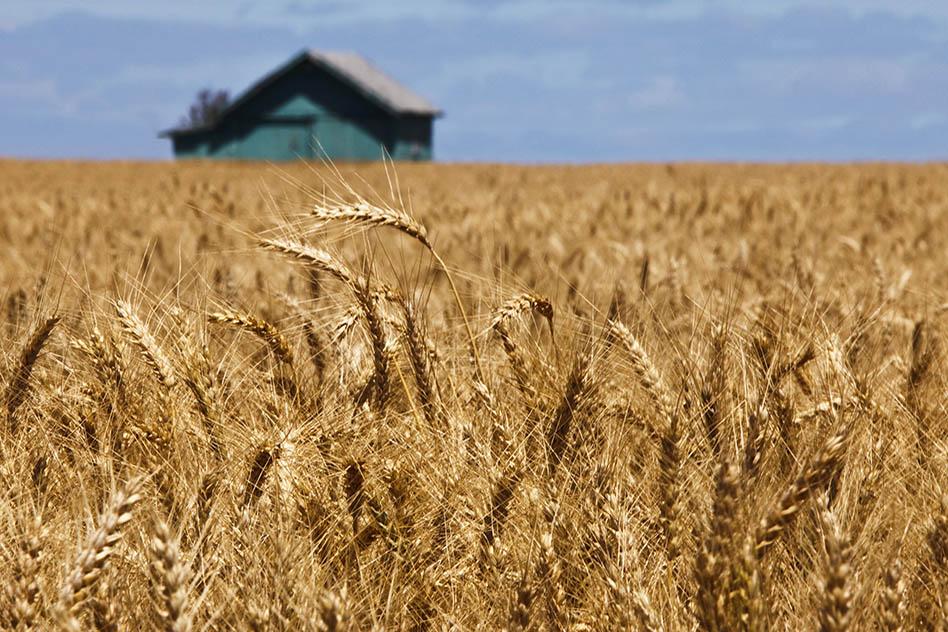


To assess the likely impact of climate change on U.S. agriculture, researchers typically run a combination of climate and crop models that project how yields of maize, wheat and other key crops will change over time. But the suite of models commonly used in these simulations, which account for a wide range of uncertainty, produces outcomes that can range from substantial crop losses to bountiful harvests. These mixed results often leave farmers and other agricultural stakeholders perplexed as to how best to adapt to climate change.

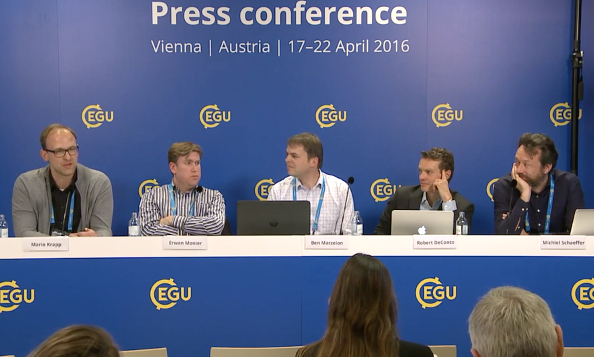
At the United Nations conference on climate change in Paris in December 2015, 195 countries adopted the first legally binding global climate deal. A key point of discussion was the issue of responsibility. This press conference presents new research assessing the extent to which some developed and developing nations are to blame for climate change, from emissions to temperature increase contributions. This media briefing will also shed light on what the Paris agreement, and its global mean temperature limits of 2°C and 1.5°C, means for the Earth system, from glacier mass change to sea-level rise.

MIT study projects end-of-century climate under different scenarios

